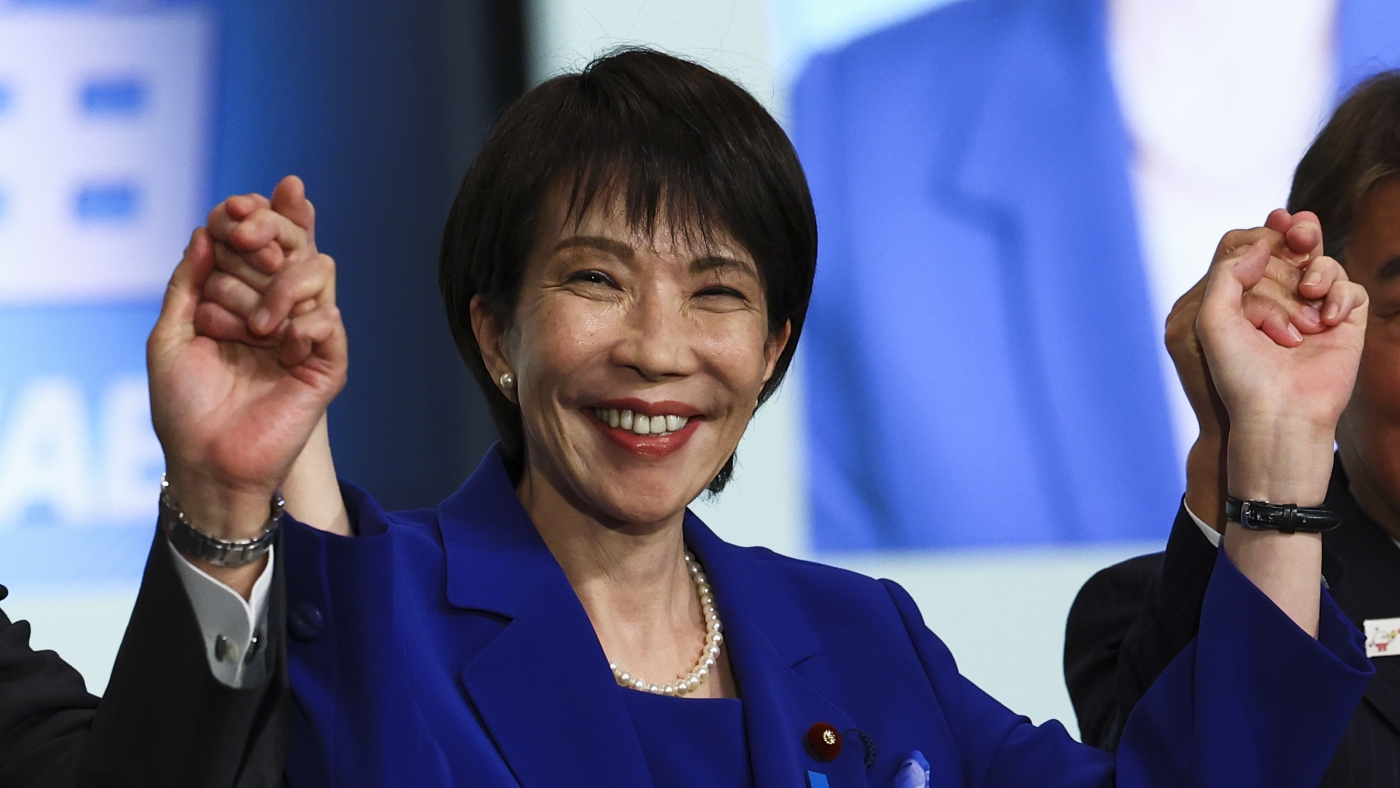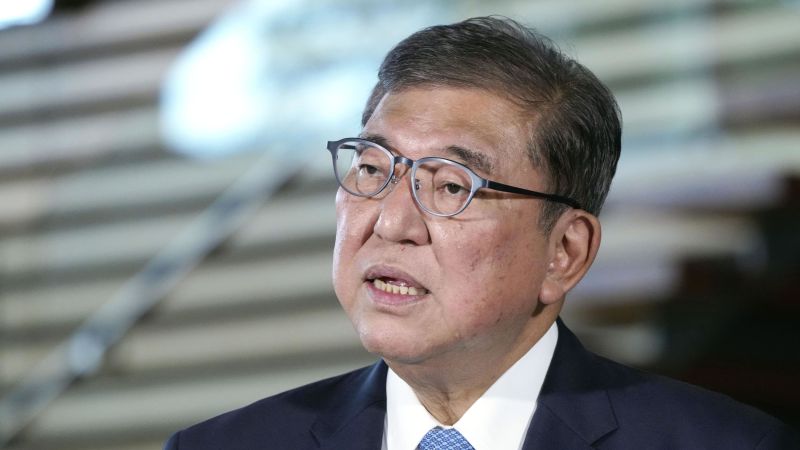Sanae Takaichi: Japan's Historic First Female Prime Minister

Breaking Ground in Japanese Politics
Sanae Takaichi made history as Japan's first female prime minister, assuming office in 2025. Despite Japan’s traditionally low ranking in gender equality among developed nations, her rise marks a significant milestone. Born in Nara and a longtime member of the Liberal Democratic Party, Takaichi has held key ministerial roles, shaping policies on economic security and technology. Her leadership style is strongly influenced by ultraconservative values and admiration for former British Prime Minister Margaret Thatcher.
A Unique Political Persona
Unlike many politicians, Takaichi stands out for her unexpected personal interests, notably her passion for heavy metal music, which contrasts with her conservative image. She positions herself as a political heir to Shinzo Abe, advocating for a robust national security stance and economic reforms. Her premiership reflects a blend of traditional conservatism and a modern approach to Japan’s domestic and international challenges, signaling a new era for the country’s political landscape.
About the Organizations Mentioned
Liberal Democratic Party
## Overview The Liberal Democratic Party (LDP; Jiyū-Minshutō) is Japan’s largest and most influential political party, having dominated the country’s political landscape for nearly seven decades since its founding in 1955[1][5][7]. As a conservative to moderate force, the LDP has shaped Japan’s post-war recovery, guided its transformation into a global economic powerhouse, and maintained a steadfast alliance with the United States[2][4][7]. The party’s broad appeal—encompassing both nationalist and progressive factions—allows it to adapt to shifting political and economic climates, much like major U.S. parties[4]. ## What the Organization Does The LDP’s core mission is to promote economic growth, national security, and social stability through policies that favor business, low taxes, and government support for industry[4][5]. It prioritizes a close relationship with the U.S., advocates for export-driven growth, and has historically resisted sweeping social reforms such as the legalization of same-sex marriage[1]. The party also supports constitutional revision to expand Japan’s military role internationally, reflecting evolving national security priorities[4]. ## History Formed in 1955 through the merger of the Liberal Party and the Japan Democratic Party, the LDP was created to counter the rising influence of socialist parties[3][6]. It quickly established itself as the dominant political force, overseeing Japan’s remarkable post-war economic recovery and industrialization[7]. The LDP’s uninterrupted rule from 1955 to 1993 was punctuated only by brief opposition-led governments in 1993–94 and 2009–12[2][7]. Its longevity is attributed not only to policy successes but also to a robust political machine built on patronage and close ties with business and agricultural interests[6]. ## Key Achievements Under LDP leadership, Japan became the world’s second-largest economy by the 198






